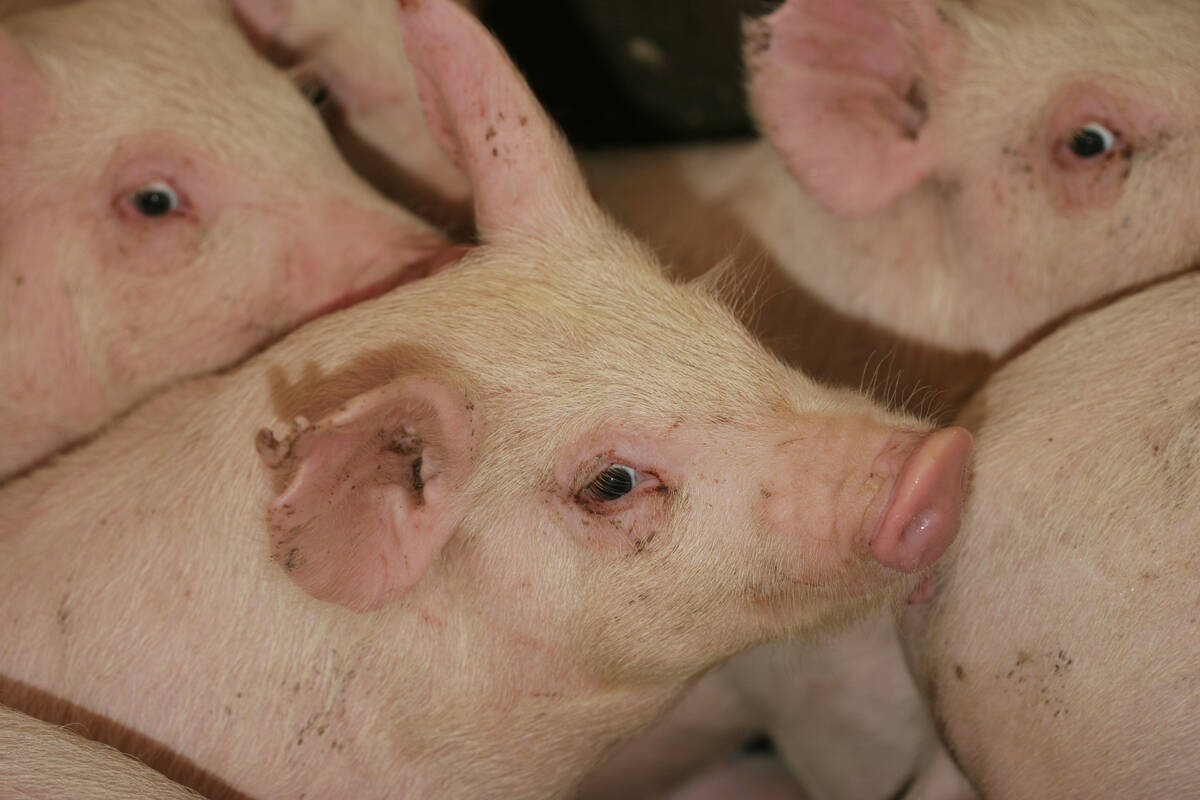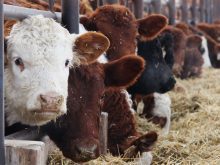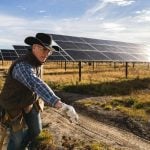After eight months, hundreds of town hall meetings and thousands of dollars spent on advertising, there is a grudging acceptance of the new livestock strategy by Alberta’s cattle producers.
Alberta Agriculture’s senior agriculture bureaucrat, deputy minister John Knapp, has criss-crossed the province dozens of times facing angry farmers opposed to the Alberta Livestock and Meat Strategy introduced by agriculture minister George Groeneveld last June.
During an education session at the Canadian Bull Congress in Camrose, Knapp fielded questions ranging from the new mandatory age verification to BSE testing to potential new markets. However, none of the roughly 20 farmers and ranchers in the audience called for the resignation of the agriculture minister or the scrapping of the strategy as in previous meetings.
Read Also

The Western Producer Livestock Report – September 25, 2025
The U.S. national live price average for barrows and gilts was $81.21 Sept. 17. It was $78.37 Sept. 9. U.S. hogs averaged $106.71 on a carcass basis Sept. 17, up from $106.10 Sept. 9.
“Change is always hard,” said Knapp.
Without the use of props or power point presentations, Knapp talked about the $360 million program and its goal of returning Alberta producers as key players to the world livestock market.
“The idea of the strategy is if we all pull together there is a way forward,” said Knapp.
Lester Millang said he doesn’t like the program, but realizes he has no choice but to accept the new rules of premise identification and age verification before he can sell his cattle.
As a purebred Charolais breeder, Millang can produce four generations of pedigree information, vaccination and herd health records, progeny records and other data. When the customer is ready to buy, it always come back to one question.
“He always says ‘what’s your price’, ” said Millang, who doesn’t know if the extra effort of age verification and premise identification is going to add to his bottom line or just add to his paperwork.
While Knapp couldn’t guarantee higher prices, he said the strategy is designed to improve the financial health of livestock producers and reopen markets closed to Canadian producers since the discovery of BSE in 2003.
“We need to get back to that,” he said.
“Can enough of us survive until that time?” said Millang. “It’s kind of like having faith, hope and charity.”
Larry Fecho, a Gelbvieh producer from Leduc, Alta., said the livestock strategy was like a natural selection process, weeding out the angry producers.
Fecho lays part of the blame for livestock producers’ opposition to the strategy on Groeneveld, who told livestock producers they should consider leaving the business if they can’t accept change.
“The whole thing would have gone easier if Groeneveld hadn’t said, ‘either get in or out of the business.’ That got guys’ backs up.”
Fecho is also concerned that Alberta livestock producers will be no better off after millions of dollars have been spent on the livestock strategy.
Gary Stordahl with Killam Livestock Exchange said the reaction to the livestock strategy has been mixed at the central Alberta auction market.
“In my experience, the younger producers are more accepting,” he said.
“A lot of people are realizing if we want these foreign markets we’ll have to do it,” he said.
“It’s the system we have and we have to work with what we’ve got and the sooner producers accept it, the better.”
Tania and Ken Malterer of Ponoka, Alta., said they are willing to give the new strategy a chance.
“We have to be willing to change,” said Tania.
“We haven’t had success with the status quo,” added Ken.














